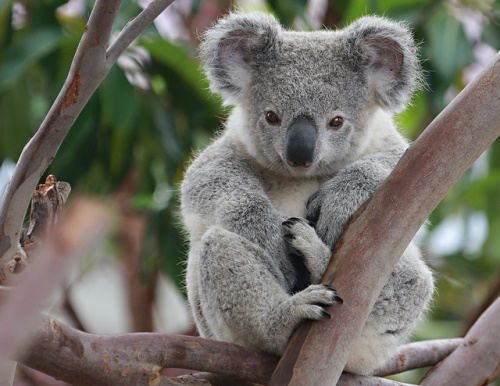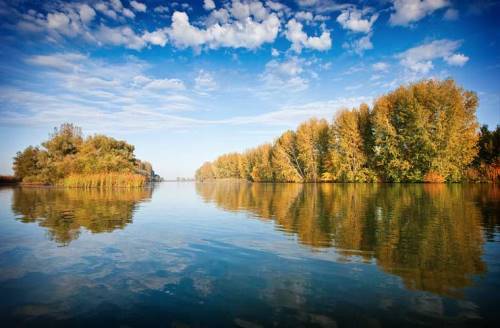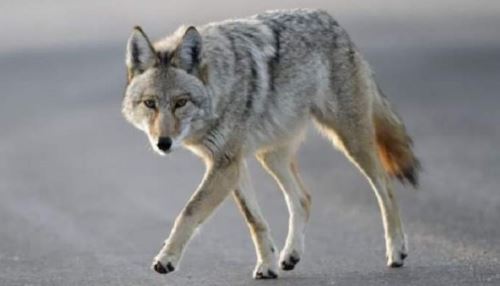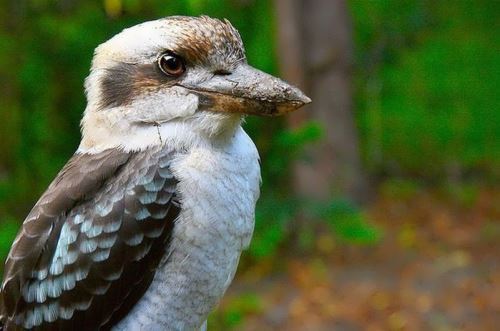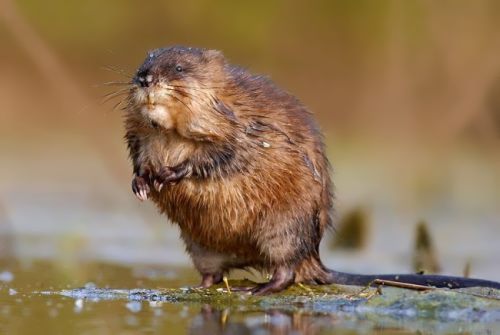Koalas – Bears That Aren’t Really Bears
Although the koala is often called a “koala bear” it is not a member of the bear family. It is a marsupial—an animal related to wombats, opossums, and kangaroos. It is found only in Australia.
Koalas are small and round, with little eyes and a big black nose. They have no tail. Adults range from about 61 to 90 centimeters in length and weigh about 4.5 to 13.5 kilograms. Males are much larger than females. Their fur acts as a rain repellant and provides warmth. Koalas are arboreal and nocturnal.
They have a keen sense of balance and are very muscular. Koalas climb by means of their large hands and feet, which are equipped with long, strong, curved claws.
More »
